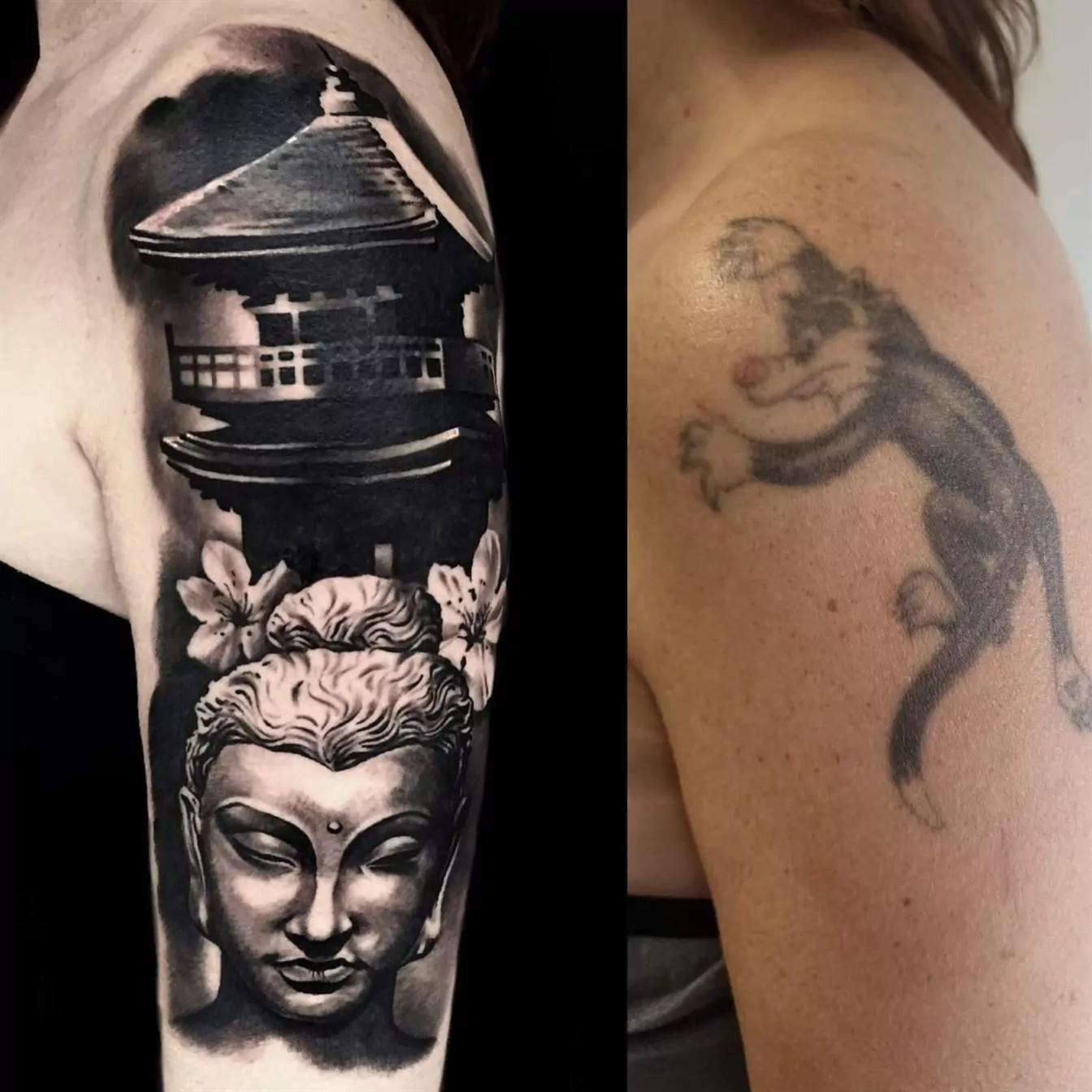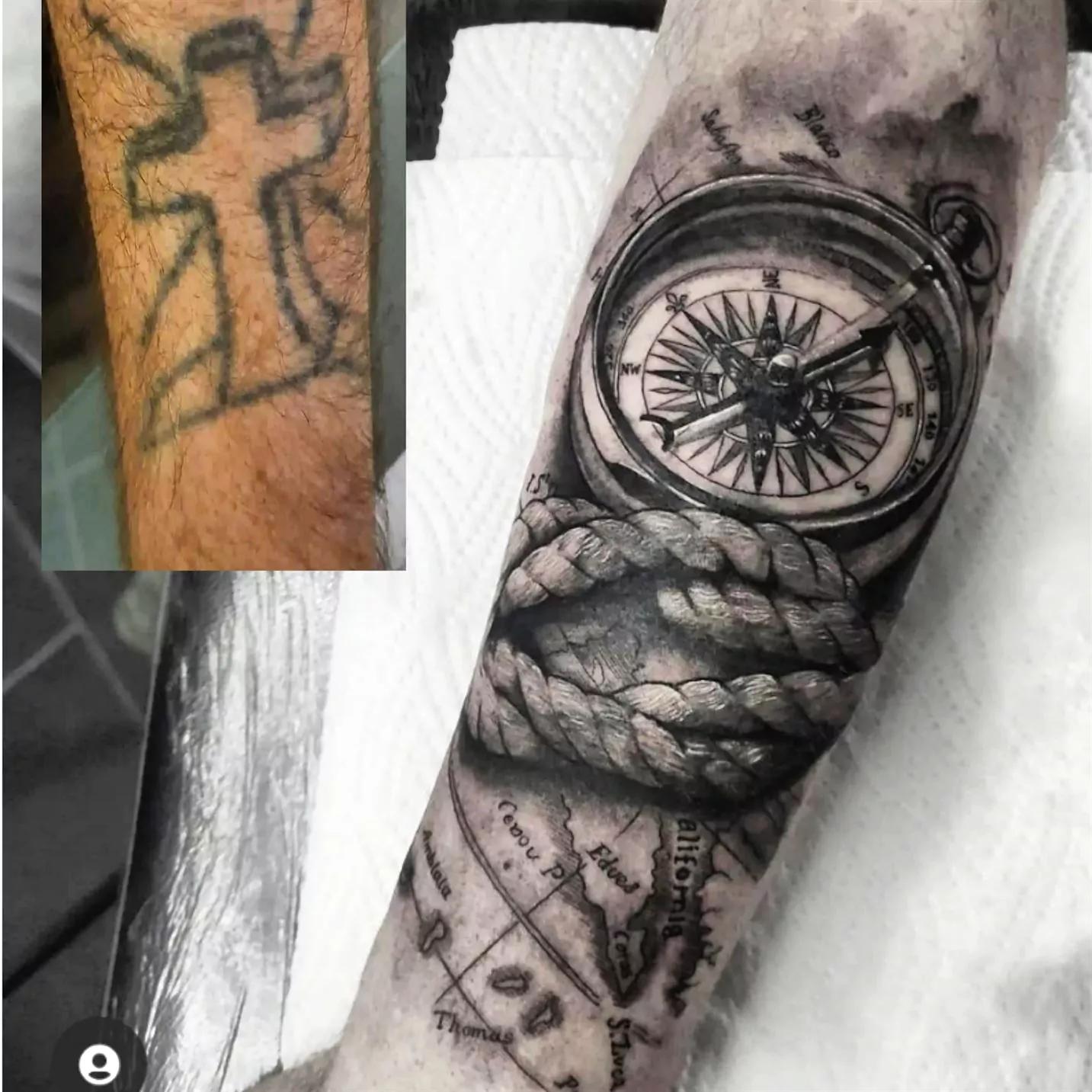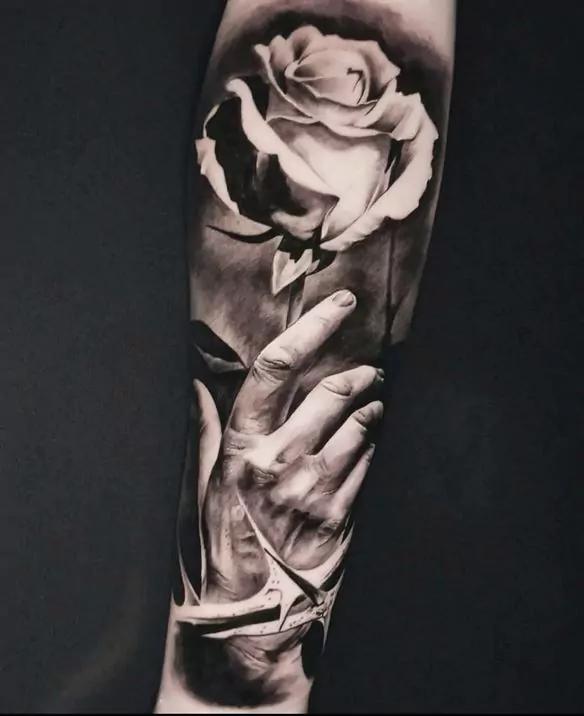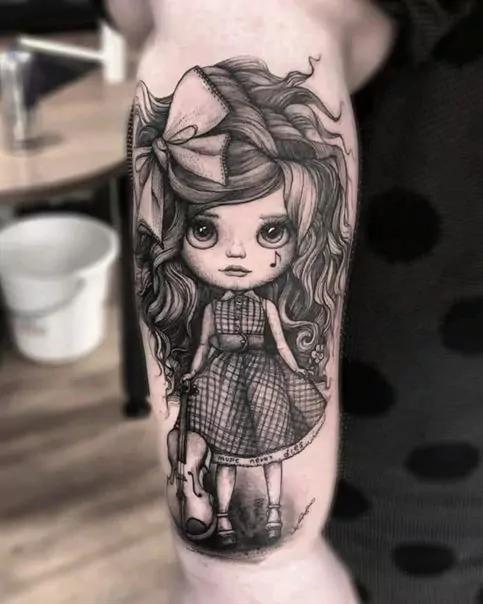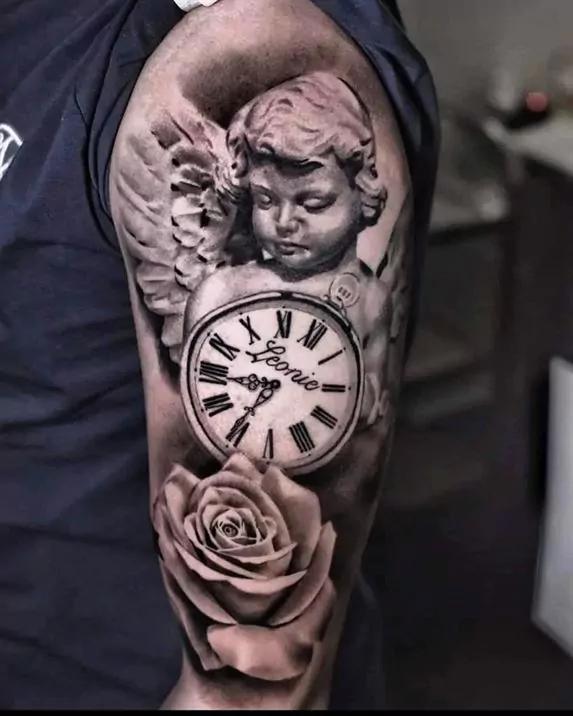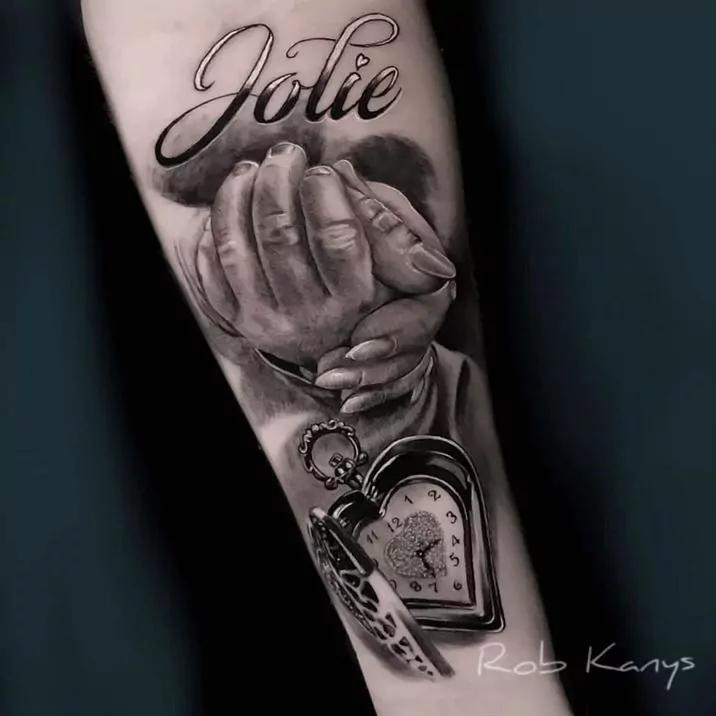Cover-Up Tattoos
Cover-Up Tattoos: The Art of Concealment and Transformation
Cover-up tattoos are a fascinating facet of the tattoo world. These tattoos are designed to cover up or modify existing tattoos by layering new designs on top of old ones. In this article, we will take an in-depth look at cover-up tattoos, starting with a definition and an overview of their history and development.
What are cover-up tattoos?
Cover-up tattoos, as the name suggests, are tattoos that are created to cover up or revise pre-existing tattoos. They are an effective way to conceal unwanted or outdated tattoos while creating a new piece of art. Cover-up tattoos are usually larger and more detailed than the original tattoos to ensure that they completely cover the old motifs.
The History of Cover-Up Tattoos
The practice of covering tattoos has a long history and can be traced back to the early days of tattoo traditions. In many cultures, tattoos were often worn as ritual symbols or status marks. When the meaning or purpose of a tattoo changed, or when it was no longer acceptable, attempts were often made to hide or modify it.
However, the modern practice of cover-up has only developed in recent decades. With the advent of professional tattoo studios and the advancement of tattoo equipment and techniques, it became easier to cover up old tattoos effectively. Tattoo artists began to specialize in cover-up work, developing techniques to whitewash even the most intricate old tattoos.
What distinguishes cover-up tattoos?
Cover-up tattoos are characterized by the following features:
- Size and detail: Cover-up tattoos are often larger and more detailed than the original tattoos. This is necessary in order to completely cover up the old motifs.
- §Creativity and customization: Tattoo artists need to be extra creative when designing cover-up tattoos to ensure that the new designs effectively conceal the old tattoos. This requires adaptability and artistic dexterity.
- §Choice of color and style: The choice of colors and styles for cover-up tattoos depends on the old motifs and the wishes of the client. Tattoo artists can choose realistic, abstract, or stylized approaches.
- Technical Skills: Cover-up work requires technical skills to ensure that the old motifs no longer show through. This may include the use of shading, highlighting, and other techniques.
Customer Communication: Effective communication between the tattoo artist and the client is crucial to ensure that expectations regarding coverage and design are met.
The Importance of Cover-Up Tattoos
The meaning of cover-up tattoos can be many. They can be used to correct bad decisions of the past, hide painful memories, or simply create a new aesthetic expression. In some cases, cover-up tattoos can also be symbolic and represent a transformation or new beginning. The exact meaning depends on the client's personal reasons and can vary from tattoo to tattoo.
The Art of Transformation
Cover-up tattoos are not only a way to hide old tattoos, but also a chance for creative transformation. They allow people to update and innovate their body art and provide an opportunity for tattoo artists to demonstrate their artistic skills and ability to customize. With cover-up tattoos, tattoo artists and clients can work together on the art of transformation to create something new and beautiful from the past.
In summary, cover-up tattoos are a fascinating and creative facet of tattoo art. They allow people to update and transform their tattoos and provide an opportunity for tattoo artists to showcase their skills and creativity. This tattoo style represents change, renewal, and the power of art to overcome the past.
The meaning of cover-up tattoos often depends on individual reasons and personal experiences. However, this type of tattoo has some general layers of meaning that may be relevant to many people:
- Coming to terms with the past:Cover-up tattoos can be used to cope with the past. They offer the opportunity to hide unwanted or painful memories associated with old tattoos, thus symbolizing a new beginning.
- Self-acceptance: Cover-up tattoos can be an expression of self-acceptance. They allow people to accept themselves and free themselves from any regretted decisions by covering up the old tattoos.
- Change and transformation:Cover-up tattoos often represent change and transformation. They symbolize the ability to change and grow things in one's past. These tattoos represent the willingness to take control of one's own life story.
- New beginning: For some people, cover-up tattoos are a symbol of a new beginning. They mark a new phase in life, in which you free yourself from old burdens and start fresh.
- Artistic expression: In addition to the personal meanings, cover-up tattoos can also be an opportunity for artistic self-expression. For both the tattoo artist and the customer, they offer space for creative design and implementation.
- Reclaiming body and self-confidence: Covering up old tattoos can increase self-confidence and body awareness. It allows people to feel more comfortable in their skin and connect more with their bodies.
- Determination and closure: For some people, cover-up tattoos represent determination and completion. They express the will to close old chapters and focus on the future.
The exact meaning of cover-up tattoos is very individual and depends on the personal experiences and motives of the individual. Before someone gets a cover-up tattoo, it's important to clearly discuss the meaning and intended message with the tattoo artist to ensure that the final design conveys the desired statements.
The most popular cover-up tattoos can vary greatly as they depend a lot on the individual needs and preferences of the clients. Nevertheless, there are some motifs and styles that are often used for cover-up tattoos, as they are particularly suitable for effectively covering up older tattoos. Here are some of the most popular options:
- Realistic portraits: Realistic portraits of people or animals are often a popular choice for cover-up tattoos. The details and shading in realistic portraits can help cover up old tattoos.
- Black and gray tattoos: Since black and gray tattoos work well in covering color tattoos, they are common options for cover-ups. Tattoo artists can use shadows and textures to hide the old motifs.
- Geometric patterns: Geometric patterns and abstract designs can be effectively used to cover up old tattoos. Their clean lines and shapes can help draw attention away from the old motifs.
- Nature motifs:Tattoos of flowers, leaves, trees and other nature motifs are well suited for cover-up tattoos. These motifs can integrate the old tattoo in a creative way.
- Animal motifs: Tattoos of animals, especially tattoos of predators such as lions, wolves, and birds of prey, are a common choice. They make it possible to transform old tattoos into new and dynamic works of art.
- Mandala tattoos: Mandalas are popular for cover-up tattoos because they offer complex patterns and symmetry. They can effectively cover up old tattoos while creating a visually appealing aesthetic.
- Traditional tattoos: Traditional tattoos, such as those found in the old-school tattoo styles, can be used to conceal older tattoos. The clean lines and bright colors are effective at coverage.
- Symbols and signs: Various symbols and signs, such as crosses, skulls, stars, and hearts, can be used to cover up old tattoos. They offer space for creative design.
- Text and lettering: If the old tattoo consists of text or lettering, these can often be replaced with new text or lettering. This makes it possible to convey a new message or meaning.
Choosing the best motif for a cover-up tattoo depends on various factors, including the size and colors of the old tattoo, the creative vision of the client and the tattoo artist. Careful planning and communication between the tattoo artist and client are crucial to ensure that the cover-up is successful and conveys the desired message.
